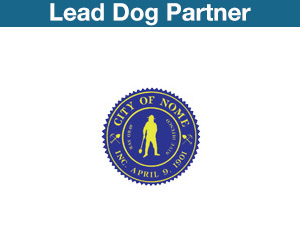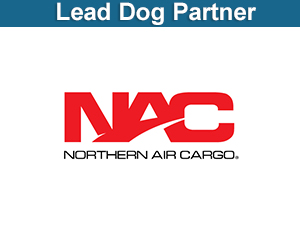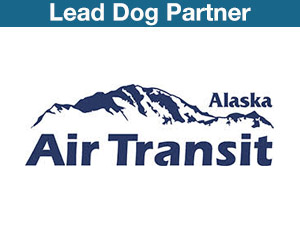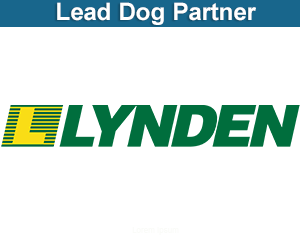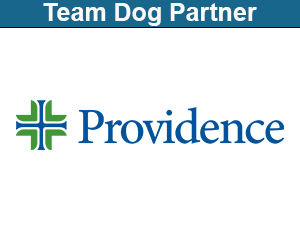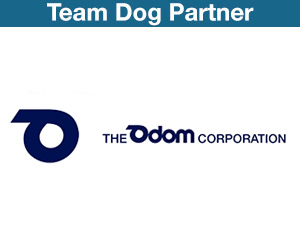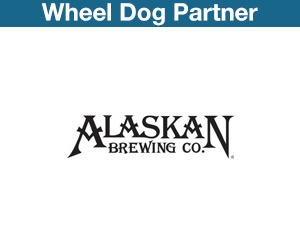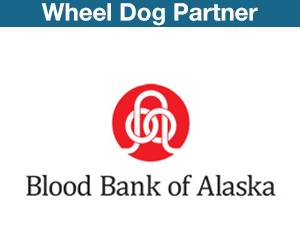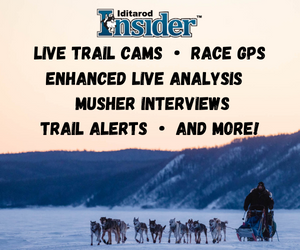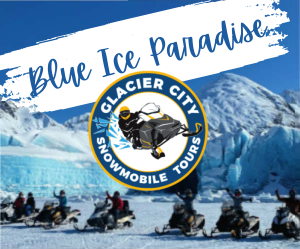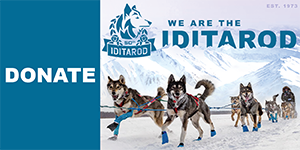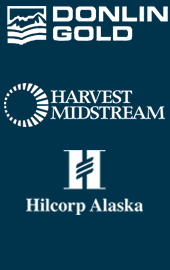The Iditarod Trail Sled Dog Race first ran to Nome in 1973, after two short races on part of the Iditarod Trail in 1967 and 1969. The idea of having a race over the Iditarod Trail was conceived by the late Dorothy G. Page. In 1964, Page was chairman of the Wasilla-Knik Centennial and was working on projects to celebrate Alaska’s Centennial Year in 1967.
She was intrigued that dog teams could travel over land that was not accessible by automobile. In the early 1920’s, settlers had come to Alaska following a gold strike. They traveled by boat to the coastal towns of Seward and Knik and from there, by land into the gold fields. The trail they used is today known as The Iditarod Trail, one of the National Historic Trails as so designated by the Congress of the United States. In the winter, their only means of travel was by dog team.
The Iditarod Trail soon became the major “thoroughfare” through Alaska. Mail was carried across this trail, people used the trail to get from place to place and supplies were transported via the Iditarod Trail. Priests, ministers and judges traveled between villages via dog team.
All too soon the gold mining began to slack off. People began to go back to where they had come from and suddenly there was less travel on the Iditarod Trail. The use of the airplane in the late 1920’s signaled the beginning of the end for the dog team as a standard mode of transportation, and of course with the airplane carrying the mail, there was less need for land travel. The final blow to the use of the dog team came with the appearance of snowmobiles in Alaska.
By the mid 60’s, most people in Alaska didn’t even know there was an Iditarod Trail or that dog teams had played a very important part in Alaska’s early settlement. Dorothy G. Page, a resident of Wasilla and self-made historian, recognized the importance of an awareness of the use of sled dogs as working animals and of the Iditarod Trail and the important part it played in Alaska’s colorful history.
She presented the possibility of a race over the Iditarod Trail to an enthusiastic Joe Redington, Sr., a musher from the Knik area. Soon the Pages and the Redingtons began promoting the idea of the Iditarod Race to the extent that Joe and Vi Redington moved to the Knik area from their homestead at Flat Horn Lake and they have never moved back. (Flat Horn Lake is approximately 30 miles out of Knik.)
The Aurora Dog Mushers Club, along with men from the Adult Camp in Sutton helped clear years of over-growth from the first nine miles of the Iditarod Trail in time to put on the first short Iditarod Trail Sled Dog Race in 1967. A $25,000 purse was offered in that race, with Joe and Vi Redington donating one acre of their land at Flat Horn Lake adjacent to the Iditarod Trail to help raise the funds. (The land was subdivided into one square foot lots and sold with a deed and special certificate of ownership, raising $10,000 toward the purse.) Contestants from all over Alaska and even two contestants from Massachusetts entered that first Iditarod Race, but a newcomer, Isaac Okleasik, from Teller, Alaska, won the race with his team of large working dogs. The short race (approximately 27 miles) was put on again in 1969.
The goal was to have the race go all the way to the ghost town of Iditarod in 1973. However, in 1972, the US Army reopened the trail as a winter exercise and in 1973, the decision was made to take the race the 1,000 plus miles to Nome. Redington and Page were instrumental in getting the first long Iditarod on its way to Nome in 1973, amidst comments that it couldn’t be done. There were many who believed it was crazy to send a bunch of mushers out into the vast uninhabited Alaskan wilderness. But the race went! Twenty-two mushers finished that year and to date, there have been over 400 finishers. Mushers have come from Canada, Czechoslovakia, France, Great Britain, Germany, Switzerland, Norway, Italy, Japan, Austria, Australia, Sweden and the Soviet Union as well as from about 20 different states in this country.
The late Dorothy G. Page, the “mother of the Iditarod” is quoted in the October 1979 issue of the Iditarod Runner on her intent for the Iditarod: “ To keep the spirit of the Iditarod the same. I don’t ever want to see high pressure people getting in and changing the spirit of the race. We brought the sled dog back and increased the number of mushers. It is really an Alaskan event. I think the fact that it starts in Anchorage and then ends in Nome has opened up a whole new area for people in Alaska. I think they appreciate that. It puts them in touch with the pioneer spirit.”








